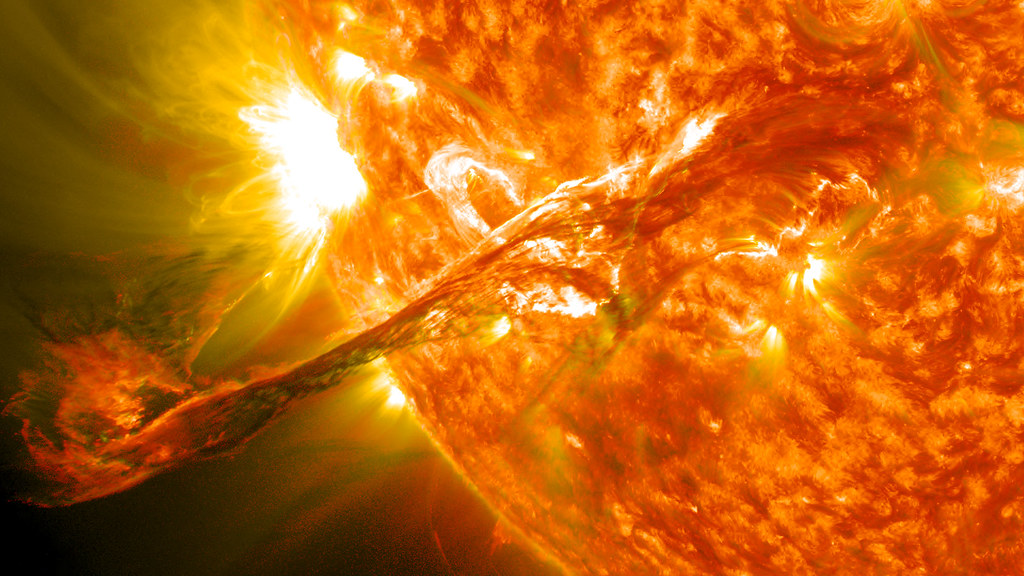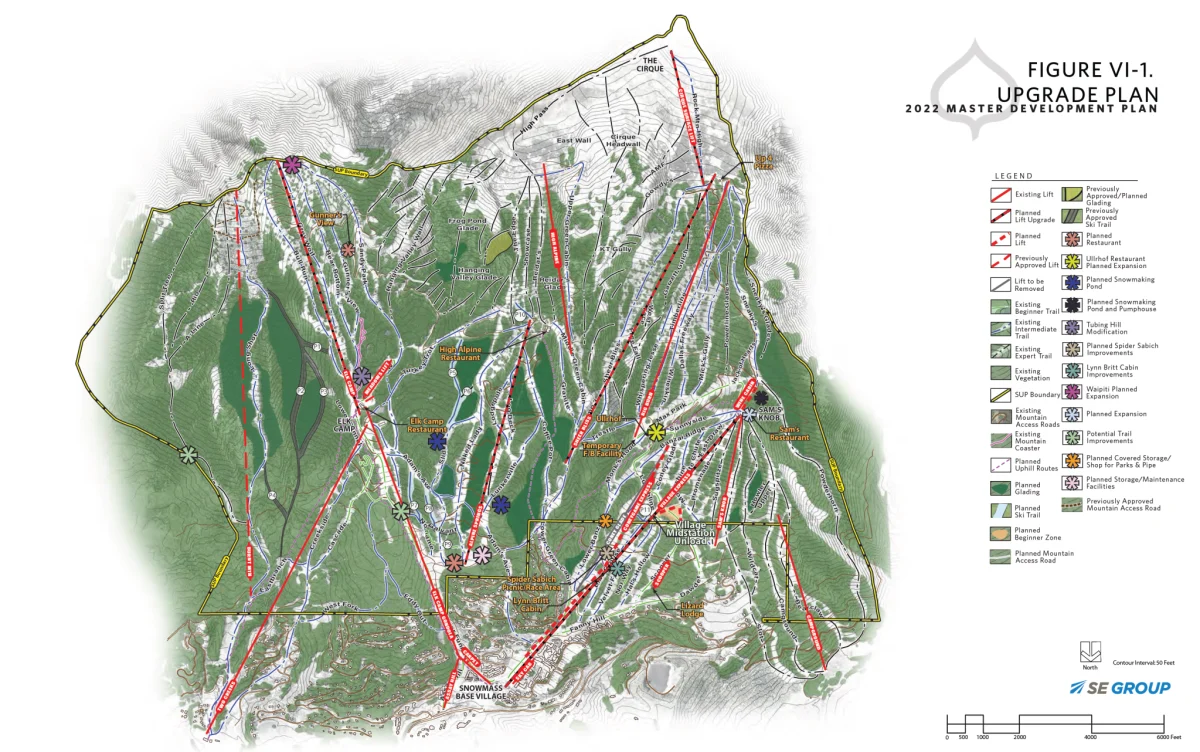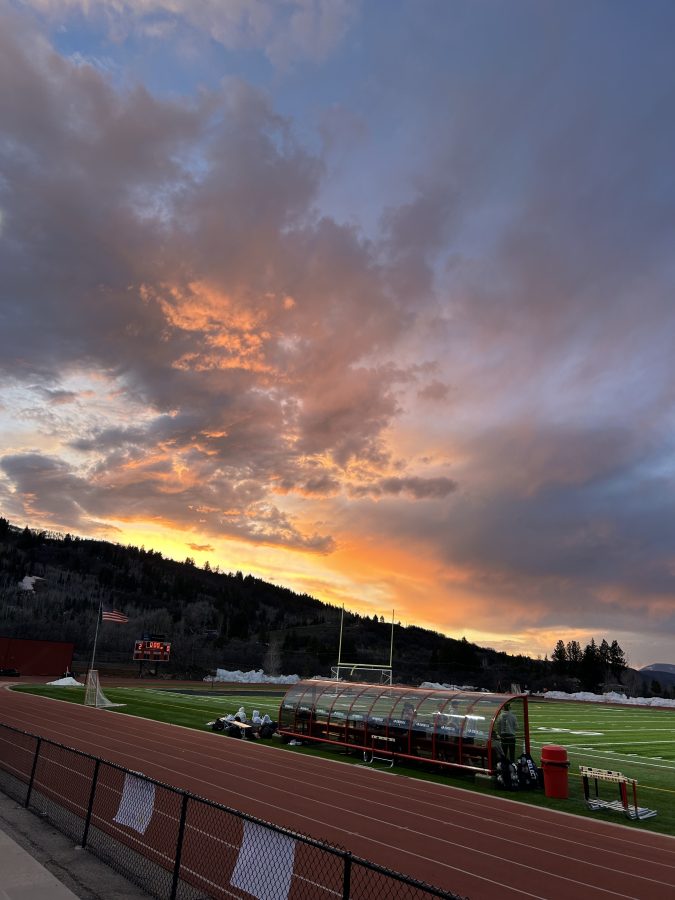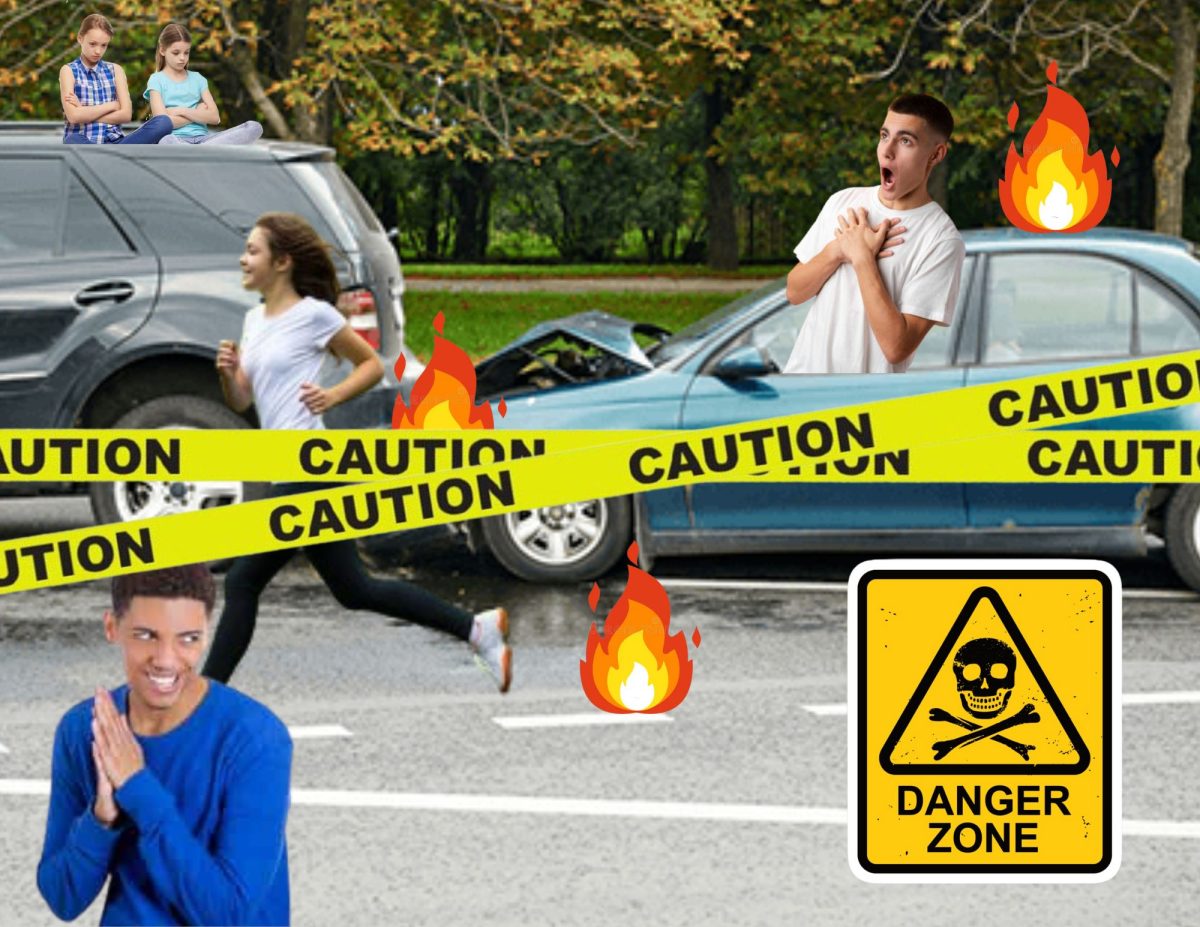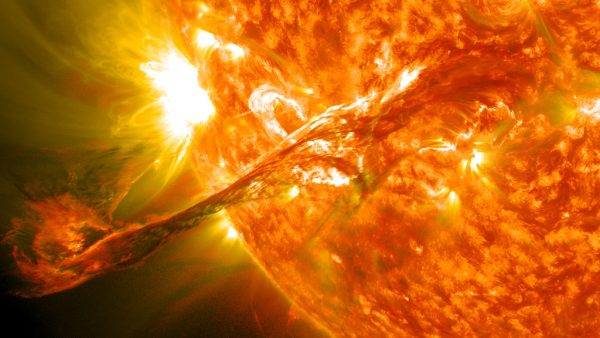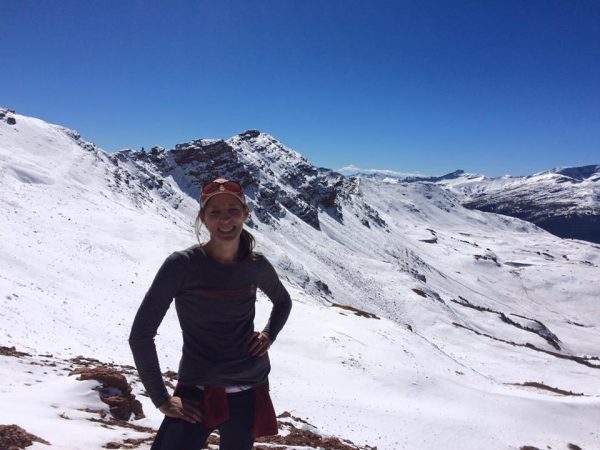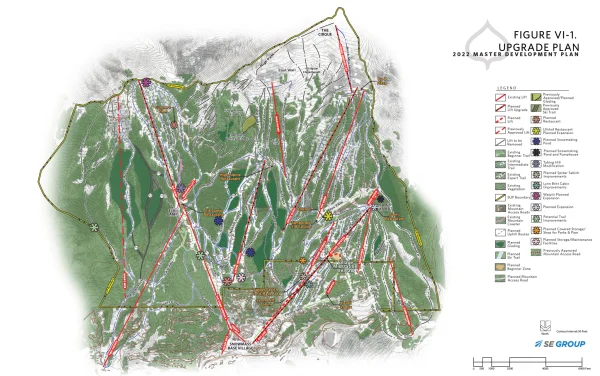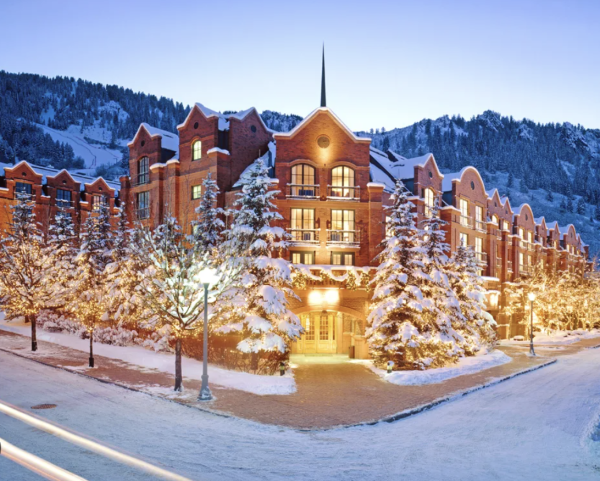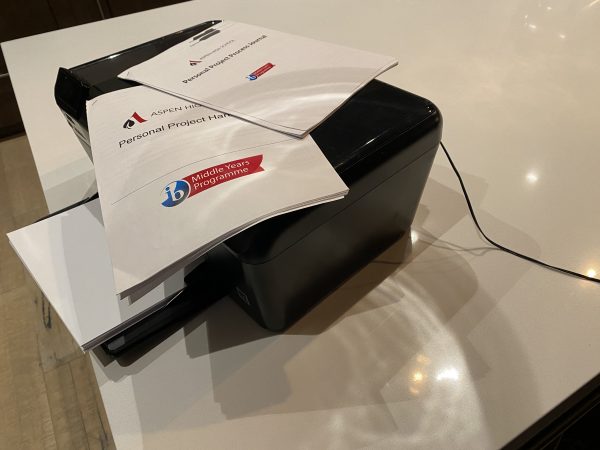Dust on snow
Every year, skiers flock to places like the top of Independence Pass to enjoy skiing on snow after the ski mountains have closed. But, because of climate change and irresponsible recreation in deserts, dust blows in on the wind and collects on the snow. In most cases the dust is so small you cannot see it. After a lot of dust settles on the snow it can give it a pink or red color. This ‘watermelon snow’ speeds up the spring melt-off and causes formations on the snow like sun cups. This fast, early melting, can cause droughts later on in the summer.
Christy Mahon is the first woman to ski all of the peaks above 14,000 ft in Colorado.
“For skiers it really accelerates the snow’s melting and can ruin the usually good spring conditions for skiing.” The dark color of the dust absorbs the sun’s heat and transfers it to the snow, causing sun cups that are no fun to ski on. Mahon said. “This is caused by global warming, as well as more road building and unsustainable farming practices like cattle grazing in the southwest.”
The building of infrastructure and unsustainable agricultural practices are contributing greatly to the problem. Fourth of July Bowl is a popular route to ski on Aspen’s side of the pass. It was named for reliably being the only place to ski on snow on the Fourth of July, but because of dust and climate change, it takes a very unique and good snowpack to even be able to sneak in a few turns there.
Jeff Deems is a research scientist for The National Snow and Ice Data Center.
“The snowpack is our biggest reservoir for water storage into the hot & dry summer season, so we want it to melt slowly so that it lasts later into the summer, and so that it doesn’t produce floods in the springtime,” said Deems. “Even though when North Star Nature Preserve floods it is a great place to kayak, it is not great for the environment. It means that the snowpack is melting too fast and there will be a draught in the summer. Additionally, climate warming will likely make dust events more likely, adding to the problem.”
Because of Climate Change and unsustainable agriculture practices, we are falling into a downward spiral just making things worse. We need to act quickly before the effects are irreversible.
“Intense drought and land disturbances bring more dust to our mountains,” Mahon said.

